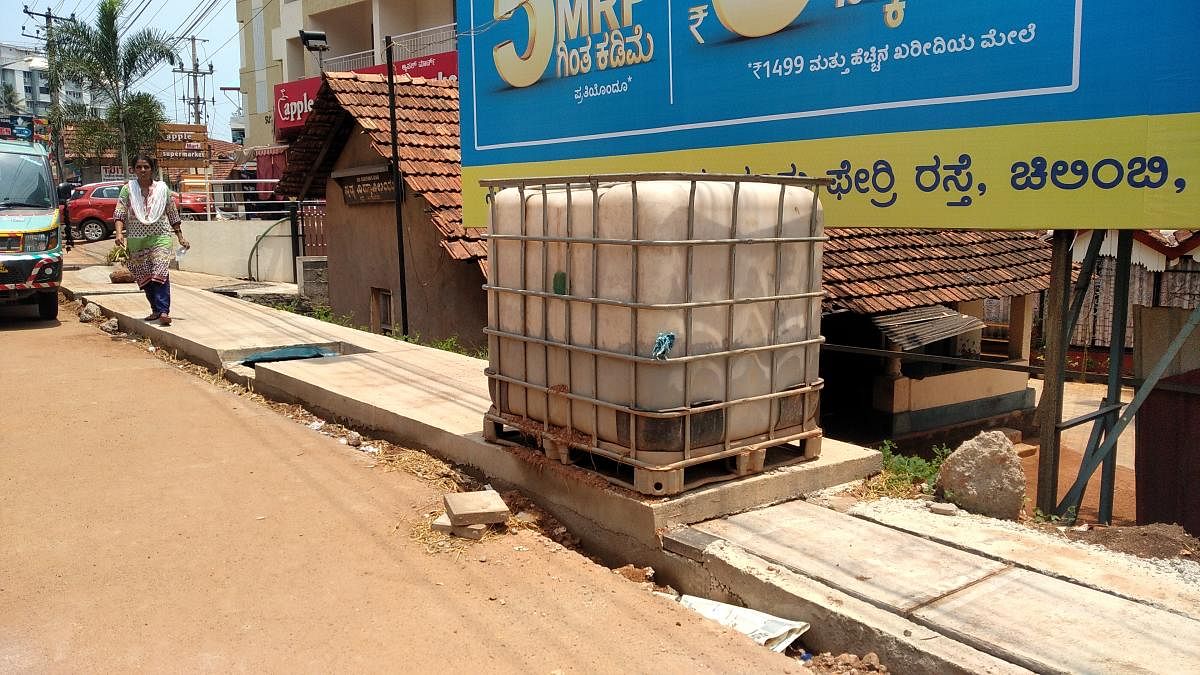
Does the data revealing a dip in malaria cases, released by the District Malaria Office and District Health and Family Welfare Office tell the truth, experts have questioned.
Dr B Srinivas Kakkilaya, an expert on Malaria, has accused the District Vector Borne Disease Control Programme Office (DVBDCPO) of tweaking and hiding data – especially related to malaria deaths – in order to ensure that the anti-malaria campaign in the city gets the necessary funds, insecticide and other facilities.
Dr Kakkilaya is also a member of the Malaria Control Action Committee (MCAC), which was set up by private medical practitioners in response to the rising malaria cases and deaths in 1995.
He informs that in Mangaluru many laboratories, including medical colleges rely on Quantitative Buffy Coat (QBC) test to detect malaria.
Why not QBC?
The QBC tests, as good as peripheral smears, are compiled and submitted by the Mangaluru City Corporation to the DVBDCPO, where they are completely omitted from the data.
DVBDCO Dr Arun Kumar S B confirms that they do not consider QBC tests because of national guidelines. “I do not think it is necessary to include such cases,” Dr Arun says.
Dr Kakkilaya points out that they were using Rapid Diagnostic Tests (RDT), which is an indirect test and far less specific, and the DVBDCO too could use them. “We have been repeatedly appealing to them to convince their higher-ups to include QBC tests,” he adds.
Dr Arun Kumar informs that they are training staff on submitting blood smears wherever QBC is being used.
MCAC member Dr Shantaram Baliga asks, “With 30 years of malaria attack in the district, do we need so much of time to train laboratory technicians?” He also calls such moves merely escape tactics. “The district administration should hold the Office accountable,” for such moves, he states.
Zero death?
While deaths continue to be reported in the District Wenlock Hospital, the official figures with the DVBDCPO claim that the last four years have seen no death.
Wenlock Hospital Superintendent Dr Rajeshwari Devi H R admits that one death had occurred at Kodialbail, but attributes it to diabetes.
She, however, refuses to comment on the DVBDCPO’s figures on zero death due to malaria. Dr Arun Kumar brushes aside charges of tweaking data, saying that they had a death audit in place.
District Health Officer Dr M Ramakrishna Rao, meanwhile, says that every death due to malaria is being reported and reviewed by the committee. “There has been no death due to malaria,” he declares.
Dr Kakkilaya says that malaria has 1% mortality. “It is a world-wide phenomenon. If you have 5,000 cases, there will be a minimum of 50 deaths,” he explains.
According to Dr Baliga, the death audit without an external audit lacks credibility. “The officers think that, by hiding data – especially related to death – they are doing a service to the city, but they are doing a disservice,” states Dr Kakkilaya.
The well-known physician has even requested the top-most authorities to transfer the DVBDCO. “Everyone knows he is tweaking data. Then why should he be here?” he asks.
Missing voices
The MCAC has not been invited to any meetings on malaria for the past 18 months. Dr Baliga says that it has happened in the past too.
“When there is a dip in cases, the interest is lost and the conditions deteriorate again,” Dr Baliga adds wryly.